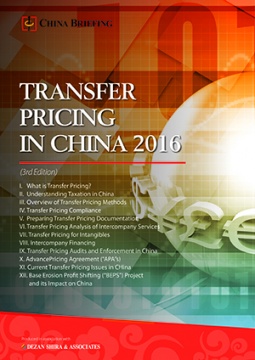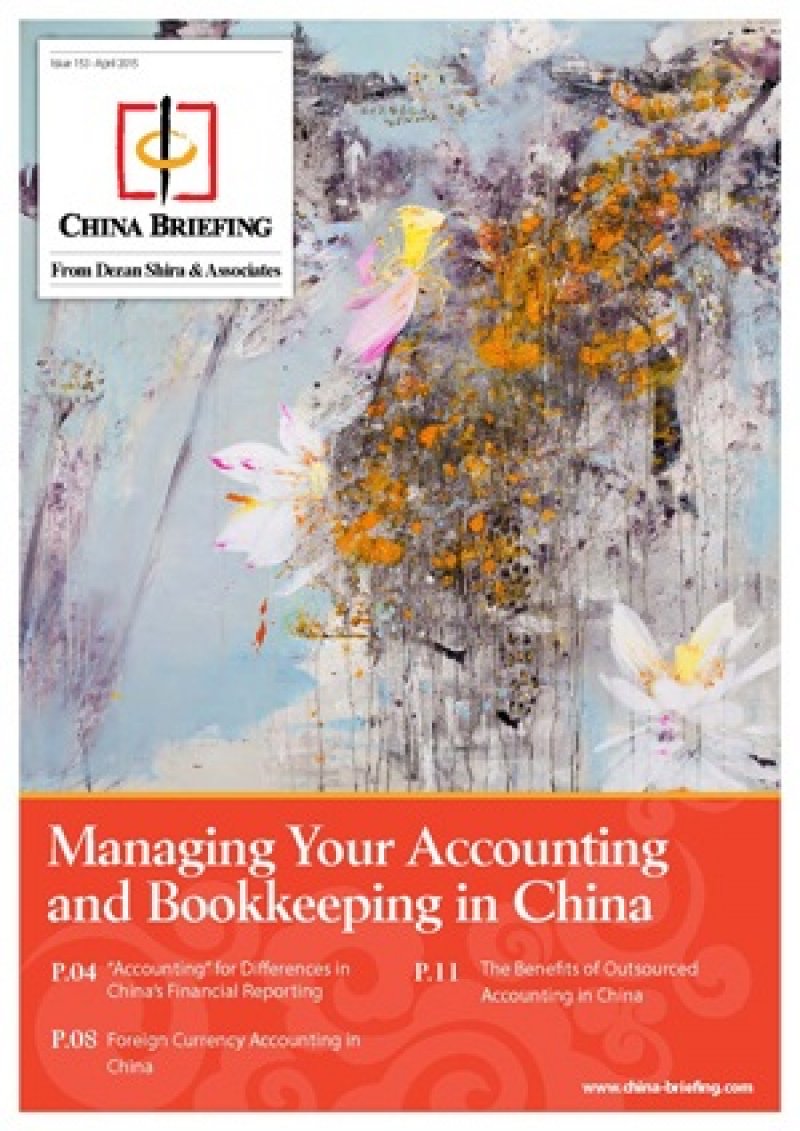Transfer Pricing Key Topic at 5th Int’l Taxation Conference in Beijing
Dec. 7 – An important area of focus during the Fifth International Taxation Conference in Beijing last week was the issue of transfer pricing and its implications for enterprises with subsidiaries in China – an area of regulation that is becoming increasingly complex. To help readers navigate these regulations, China Briefing dedicated its entire November edition to tackling the tax implications of cross-border transactions and transfer pricing documentation.
Transfer pricing rules come into play whenever cross-border transactions occur between associated companies. Adopting the arm’s length approach, a transaction between an overseas headquarters and its wholly foreign-owned enterprise in China should be priced in line with terms that would apply between independent companies – otherwise the taxable income can be adjusted accordingly by tax authorities. Thus, in order to test conformity with the arm’s length principle, transactions between related parties are compared to the prices unrelated companies would have charged.
In order to comply with Chinese regulations on transfer pricing, companies should prepare all relevant documentation; including an indication of an appropriate transfer pricing method. However, when both related parties have intangible assets, such as patents or trademarks, it is generally difficult to find suitable comparables.
During a roundtable talk at the recent International Taxation Summit on the profit split method – where the profits of a transaction are allocated according to the contributions of each associated enterprise – Steven Musher, Associate Chief Counsel at the IRS (USA), discussed the fundamentals of the profit split method and its implications for companies operating in China. Although previously deemed unsuitable, the profit split method has been acknowledged by the OECD since the mid-1990s and is today frequently used for valuing non-routine functions or intangibles.
There are two kinds of profit split methods: general and residual.
The general (or “contribution”) profit split method splits profit among associated enterprises according to the functions performed, risks borne and assets held, particularly intangible assets, which are contributed by each entity.
The residual profit split method requires the identification of the routine profit for an entity as a first step. Any remaining profit is then split based on each party’s contribution to the earning of the non-routine profit, e.g. ownership of intangibles.
The application of the profit split method requires a careful analysis of the functions performed, risks borne and assets used by each associated enterprise as well as the allocation of cost, expense, earnings, and capital between associated enterprises involved in the transaction.
Readers can find more information on the profit split and other approved transfer pricing methods in our November issue of China Briefing.
Dezan Shira & Associates is a boutique professional services firm providing foreign direct investment business advisory, tax, accounting, payroll and due diligence services for multinational clients in China, Hong Kong, Vietnam and India. For further information or advice on transfer pricing in China, please email china@dezshira.com.
![]()
 Transfer Pricing in China 2016
Transfer Pricing in China 2016
Transfer Pricing in China 2016, written by Sowmya Varadharajan in collaboration with Dezan Shira & Associates and Asia Briefing, explains how transfer pricing functions in China. It examines the various transfer pricing methods that are available to foreign companies operating in the country, highlights key compliance issues, and details transfer pricing problems that arise from intercompany services, intercompany royalties and intercompany financing.
 Annual Audit and Compliance in China 2016
Annual Audit and Compliance in China 2016
In this issue of China Briefing, we provide a comprehensive analysis of the various annual compliance procedures that foreign invested enterprises in China will have to follow, including wholly-foreign owned enterprises, joint ventures, foreign-invested commercial enterprises, and representative offices. We include a step-by-step guide to these procedures, list out the annual compliance timeline, detail the latest changes to China’s standards, and finally explain why China’s audit should be started as early as possible.
 Managing Your Accounting and Bookkeeping in China
Managing Your Accounting and Bookkeeping in China
In this issue of China Briefing, we discuss the difference between the International Financial Reporting Standards, and the accounting standards mandated by China’s Ministry of Finance. We also pay special attention to the role of foreign currency in accounting, both in remitting funds, and conversion. In an interview with Jenny Liao, Dezan Shira & Associates’ Senior Manager of Corporate Accounting Services in Shanghai, we outline some of the pros and cons of outsourcing one’s accounting function.
- Previous Article China Announces Official 2012 National Holiday Schedule
- Next Article China to Further Regulate Labor Dispute Mediation



























